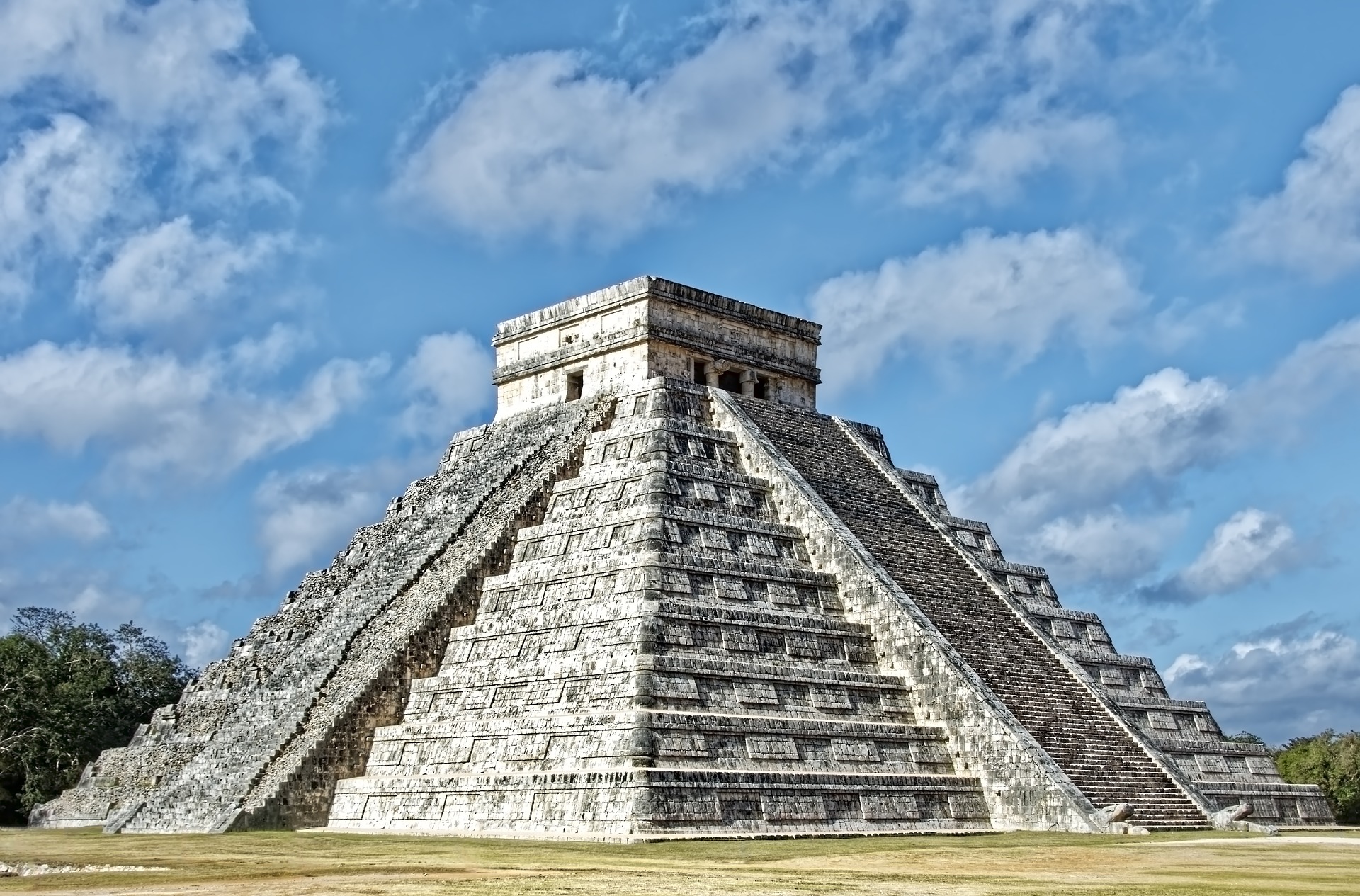
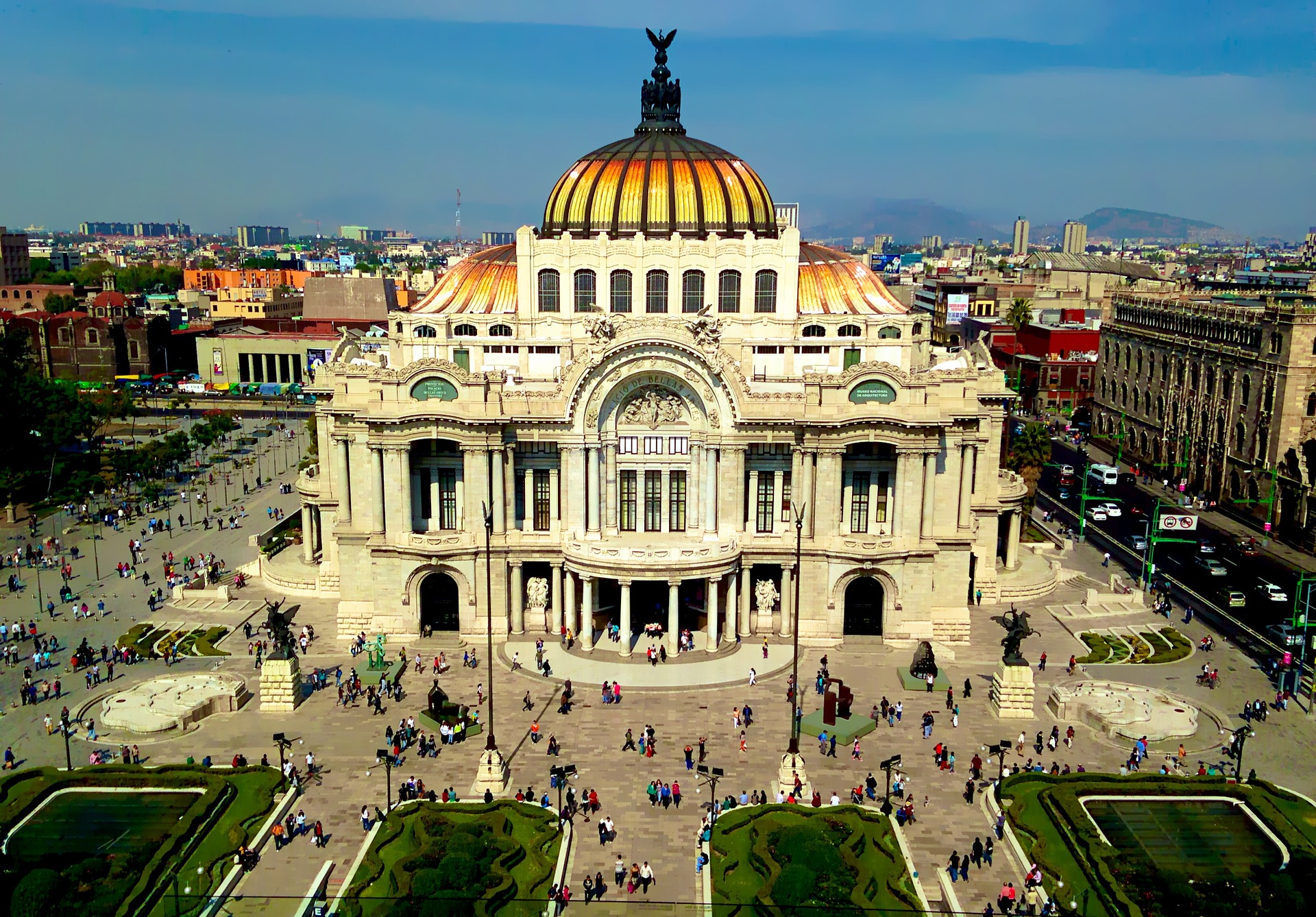
Mexico, officially, the United Mexican States, is a country in the southern portion of North America. It is bordered by the United States to the north, to the south and west by the Pacific Ocean, to the southeast by Guatemala, Belize and the Caribbean Sea and to the east by the Gulf of Mexico. Mexico covers 761,610 square miles making it the world’s 13th largest country with 126 million inhabitants. It has the most Spanish speakers of any country. Mexico is organized as a federation comprising 31 states and Mexico City, its capital and largest metropolis. Other major urban areas include Guadalajara, Monterrey, Puebla, Toluca, Ciudad Juarez and Leon. Mexico has Spanish and 68 Amerindian languages as officially recognized languages and Spanish is the national language. 78% of the population is Roman Catholic and 11% other Christian. The government is a federal presidential constitutional republic and its congress consists of an Upper and Lower House. It declared independence from Spain in 1810 and was recognized in 1836.
Pre-Columbian Mexico traces its origins back to 8000 BCE and is identified as one of six cradles of civilization. It was home to many advanced Mesoamerican civilizations, most notably the Maya and the Aztecs. In 1521, the Spanish Empire conquered and colonized the region from its base in Mexico City, establishing the colony of New Spain. The Catholic Church played an important role in spreading Christianity and the Spanish language, while also preserving some indigenous elements. Native populations were subjugated and heavily exploited to mine rich deposits of precious metals, which contributed to Spain’s status as a major world power for the next three centuries, and to the massive influx of wealth and a price revolution in Western Europe. Over time, a distinct Mexican identity formed, based on a fusion of European and indigenous customs: this contributed to the successful Mexican War of Independence against Spain in 1821. Mexico’s early history as a nation was marked by political and socio economic upheaval. The Texas Revolution and the Mexican-American War in the mid 19th century led to huge territorial losses to the United States. Liberal reforms were enshrined in the Constitution of 1857, which sought to integrate indigenous communities and curtail the power of the church and the military. This triggered an internal war of Reform and intervention by France, in which conservatives installed Maximilian Habsburg as emperor against the Republican resistance led by Benito Juarez. The last decades of the 19th century were marked by the dictatorship of Porfirio Diaz, who sought to modernize Mexico and restore order. The Porfiriato Era ended in 1910 with a decade-long Mexican civil war, which killed approximately 10% of the population and after which the victorious Constitutional faction drafted a new 1917 Constitution, which remains in effect to this day. The revolutionary generals seized power and ruled as a succession of presidents until the assassination of Avaro Obregon in 1928. This led to the formation of the Institutional Revolutionary Party the following year, which governed Mexico until 2000.
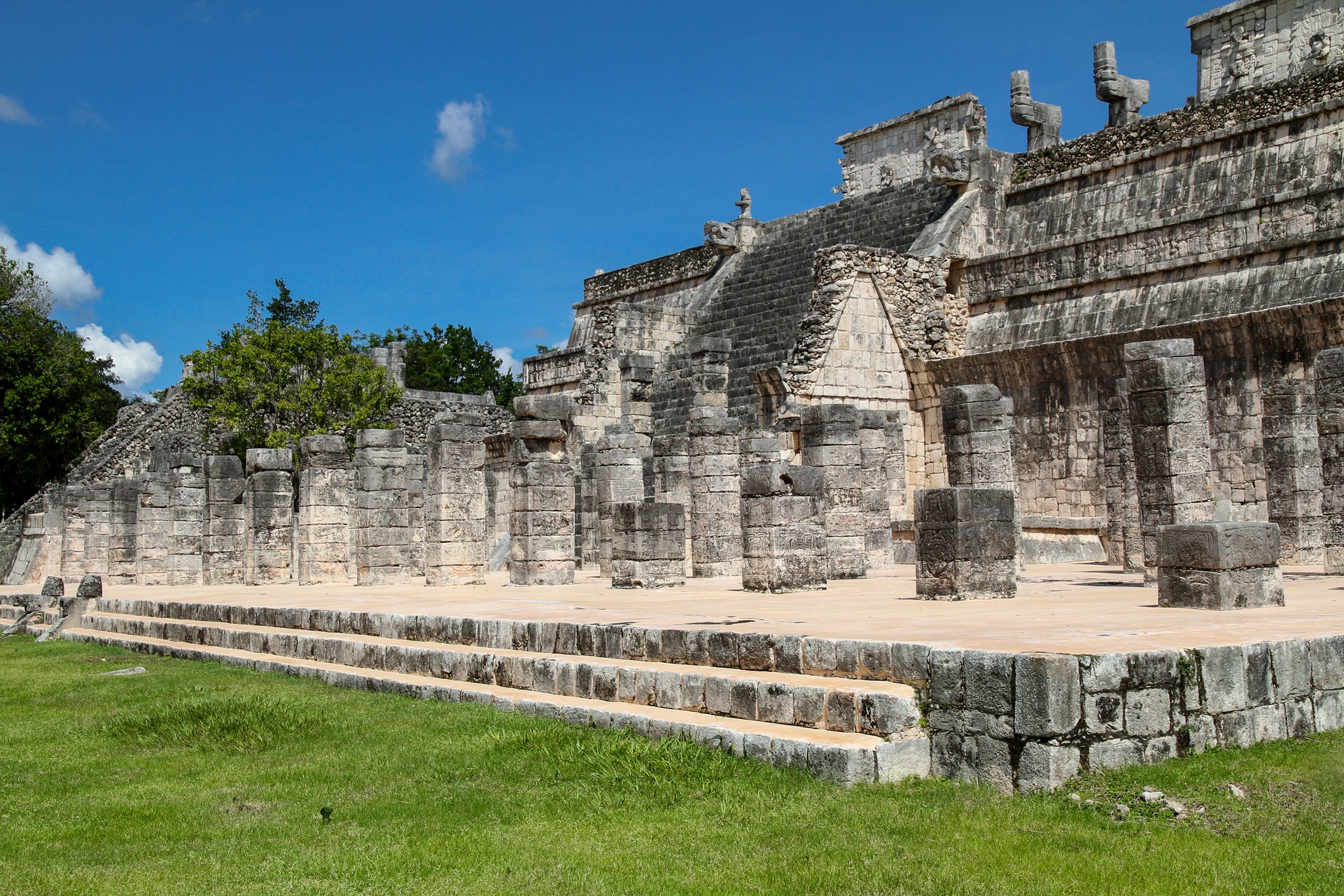
Today Mexico is a developing country and has the world’s 15th largest economy with the United States being its largest economic partner. Its large economy and population, global cultural influence and steady democratization make Mexico a regional power. Mexico ranks first in the Americas and seventh in the world for the number of UNESCO World Heritage Sites. It is also one of the world’s 17 megadiverse countries, ranking 5th in natural biodiversity. Mexico’s rich cultural and biological heritages make it a major tourist destination with 39 million visitors a year.
There are currently 35 locations on the Site list with 27 cultural, 6 natural and 2 mixed.
A partial list includes:
The Historic Center of Mexico City and Xochimilco (Mexico City-Cultural)
Historic Center of Oaxaca and the Archaeological Site of Monte Alban (Oaxaca-Cultural)
Historic Center of Puebla (Puebla-Cultural)
Pre-Hispanic City and National Park of Palenque (Chiapas-Cultural)
Sian Ka’an (Quintana Roo- Natural)
Pre-Hispanic City of Chichen-Itza (Yucatan-Cultural)
Historical Center of Morelia (Michoacan-Natural)
Rock Paintings of the Sierra de San Francisco (Baja California-Cultural)
Pre-Hispanic City of Teotihuacan (State of Mexico-Cultural)
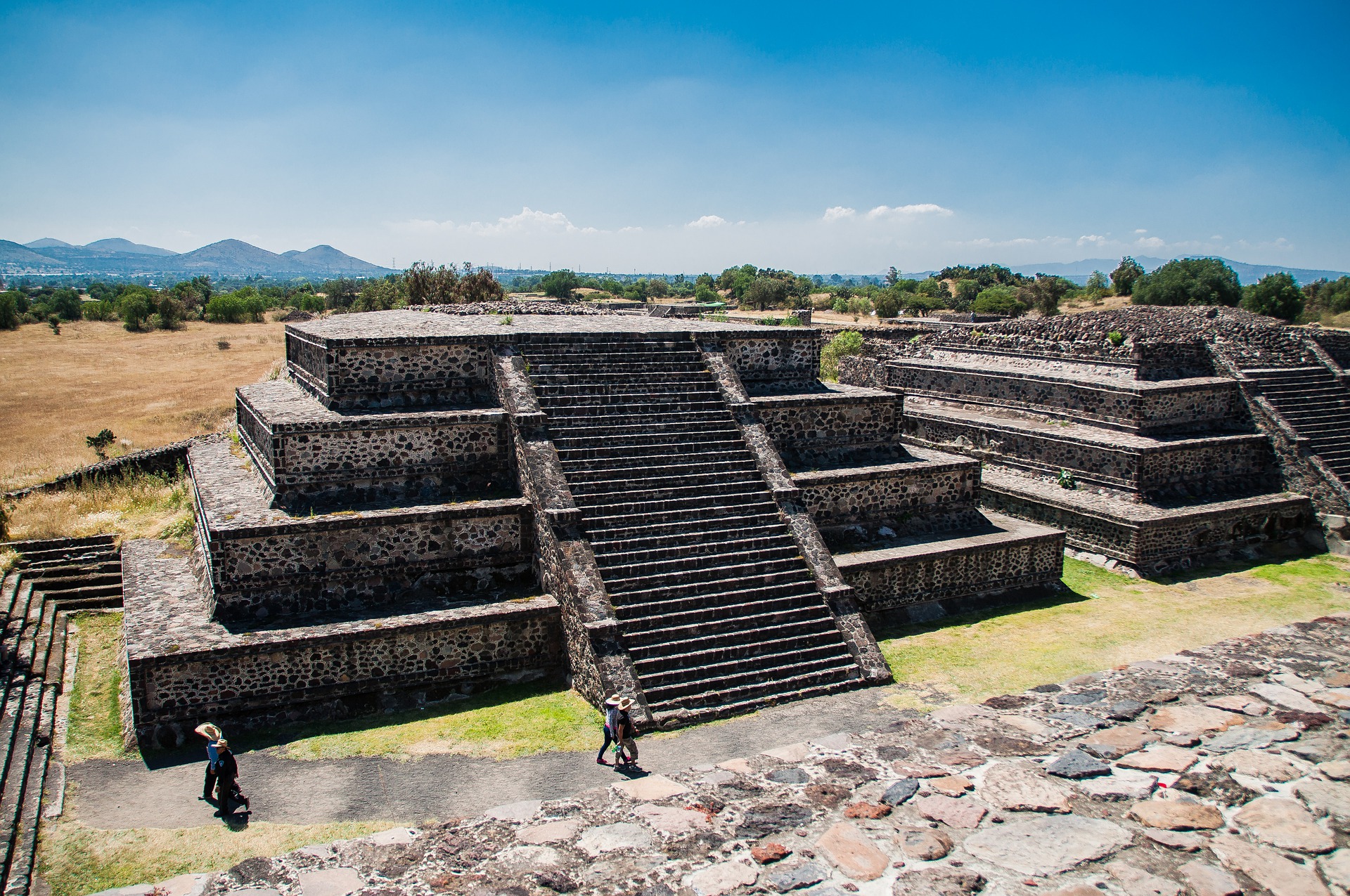
Historical Town of Guanajuato and Adjacent Mines (Guanajuato-Cultural)

Pre-Hispanic City of El Tajin (Veracruz-Natural)
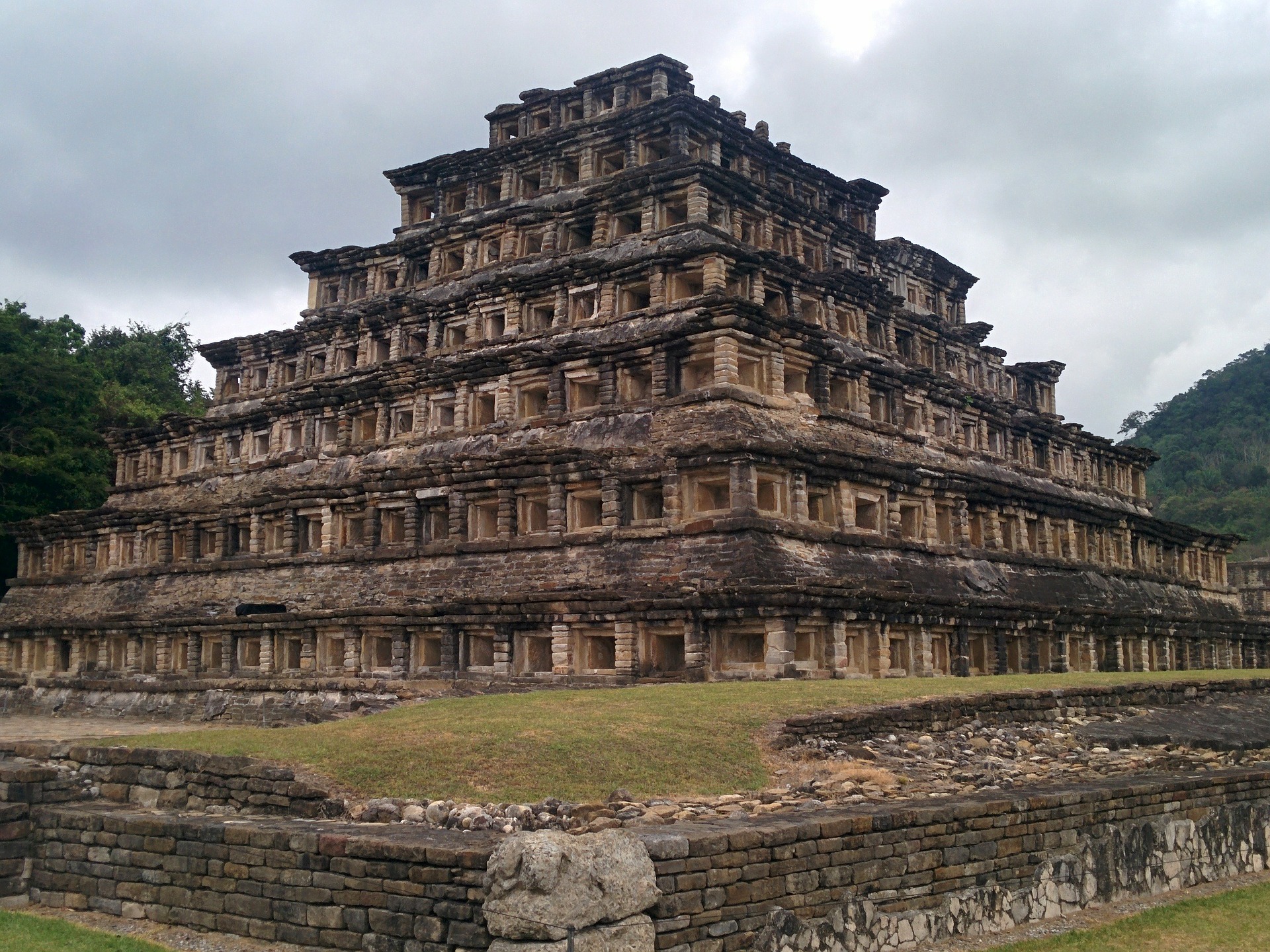
Pyramid of the Moon (Teotihuacan)
Coba Nohoch Mul (Mexico City)
Calakmul (Yucatan)
El Tajin (Papantia)
Pyramid of the Sun (State of Mexico)
Palenque (Palenque, Chiapas)
La Iglesia and El Castillo (Coba)
La Venta (La Venta, Tabasco)
Chichen Itza (Yucatan)
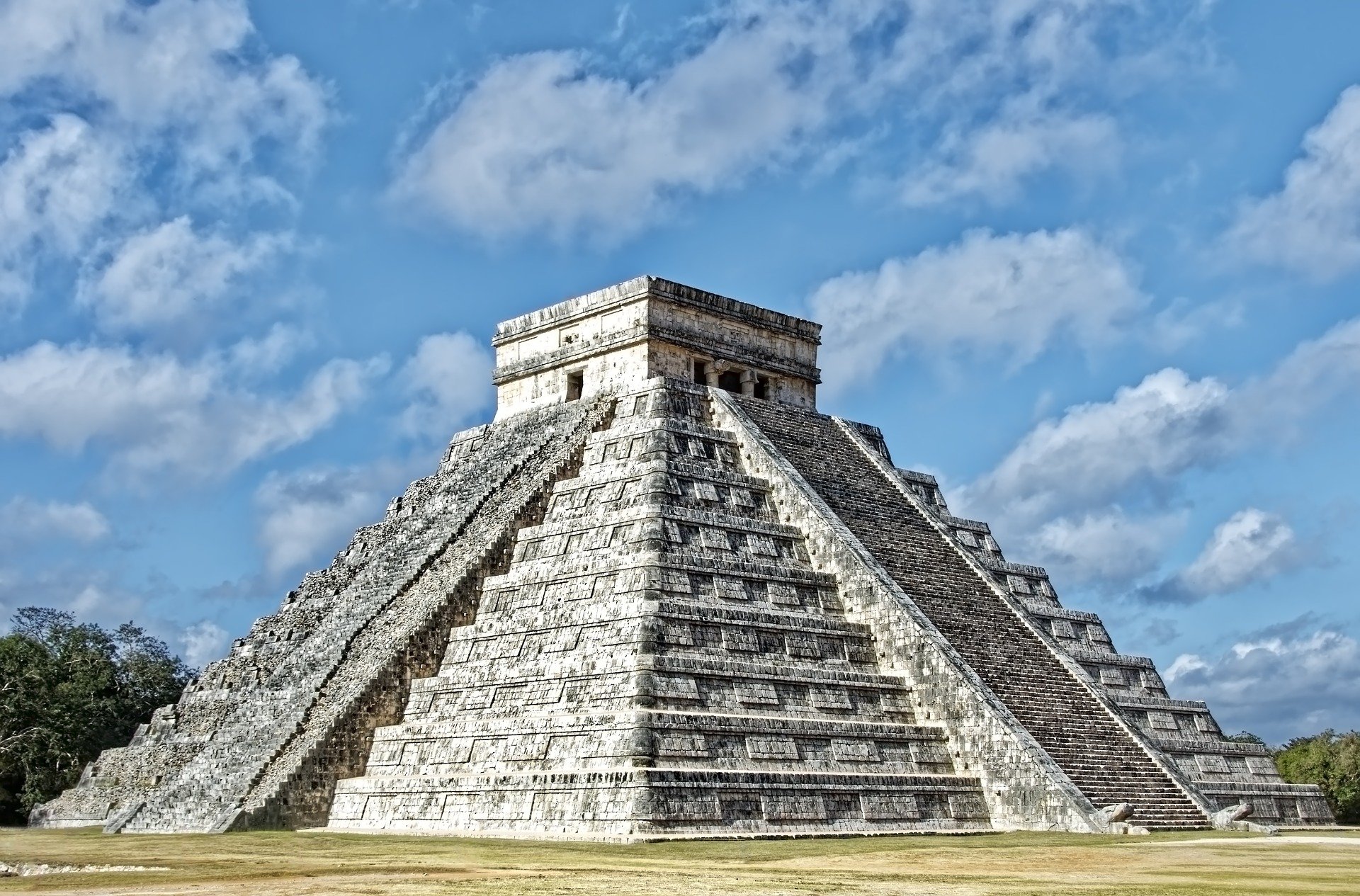
Uxmal

Many traditions of Mexico are unique to the country. They feature a blend of native cultures such as Mayan as well as the European/Spanish cultures stemming from the Roman Catholic Church. These are the major Mexican celebrations and traditions:
Mexican Independence Day-September16
Cinco de Mayo May 5
Pinatas
Celebration of Saint Cecilia (Patroness of Musicians) November
Las Posadas (Christmas Celebrations) December16-December 24
The Day of the Dead November 1 and November 2
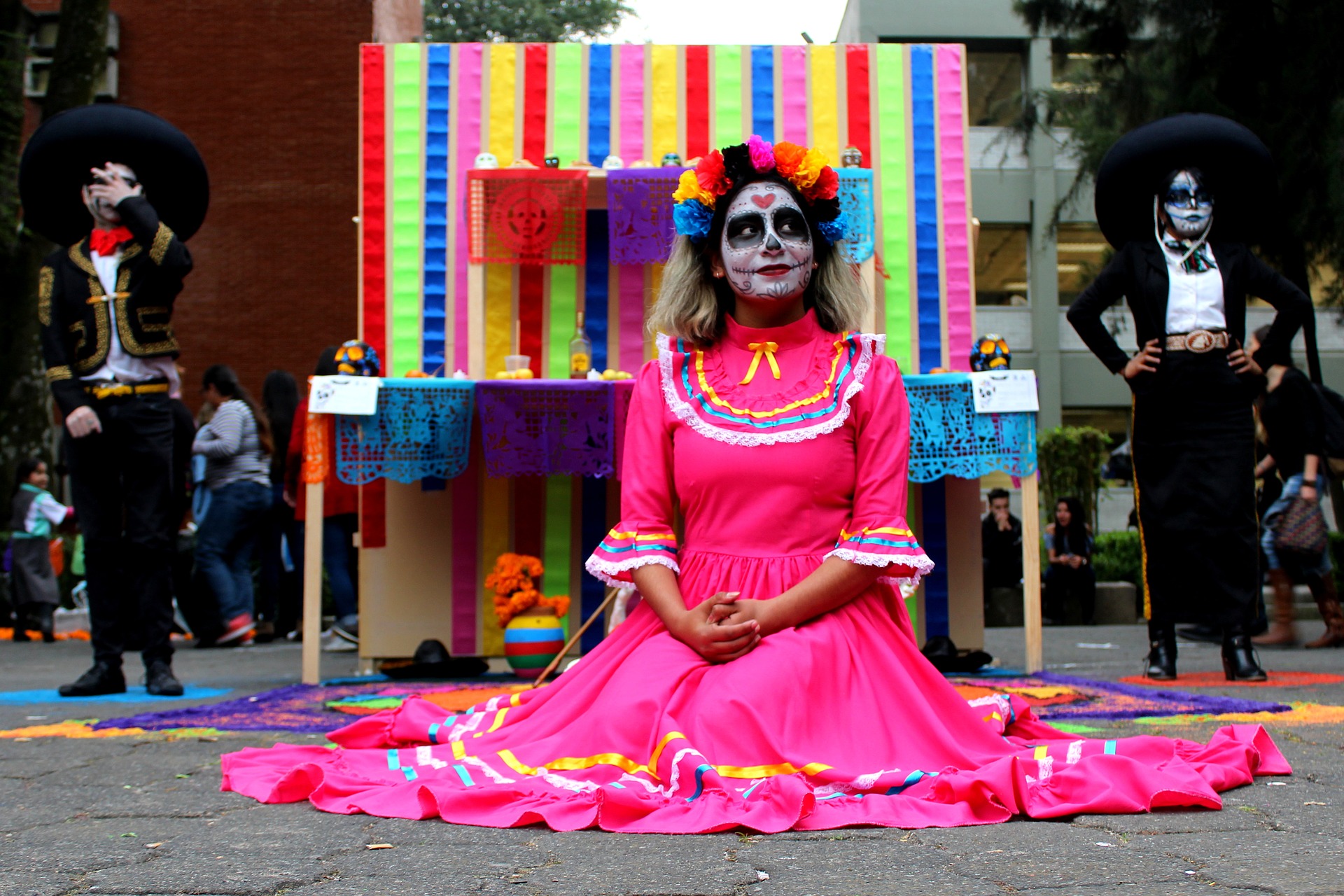
Dance of the Parachicos in Chiapas January 4-January 23
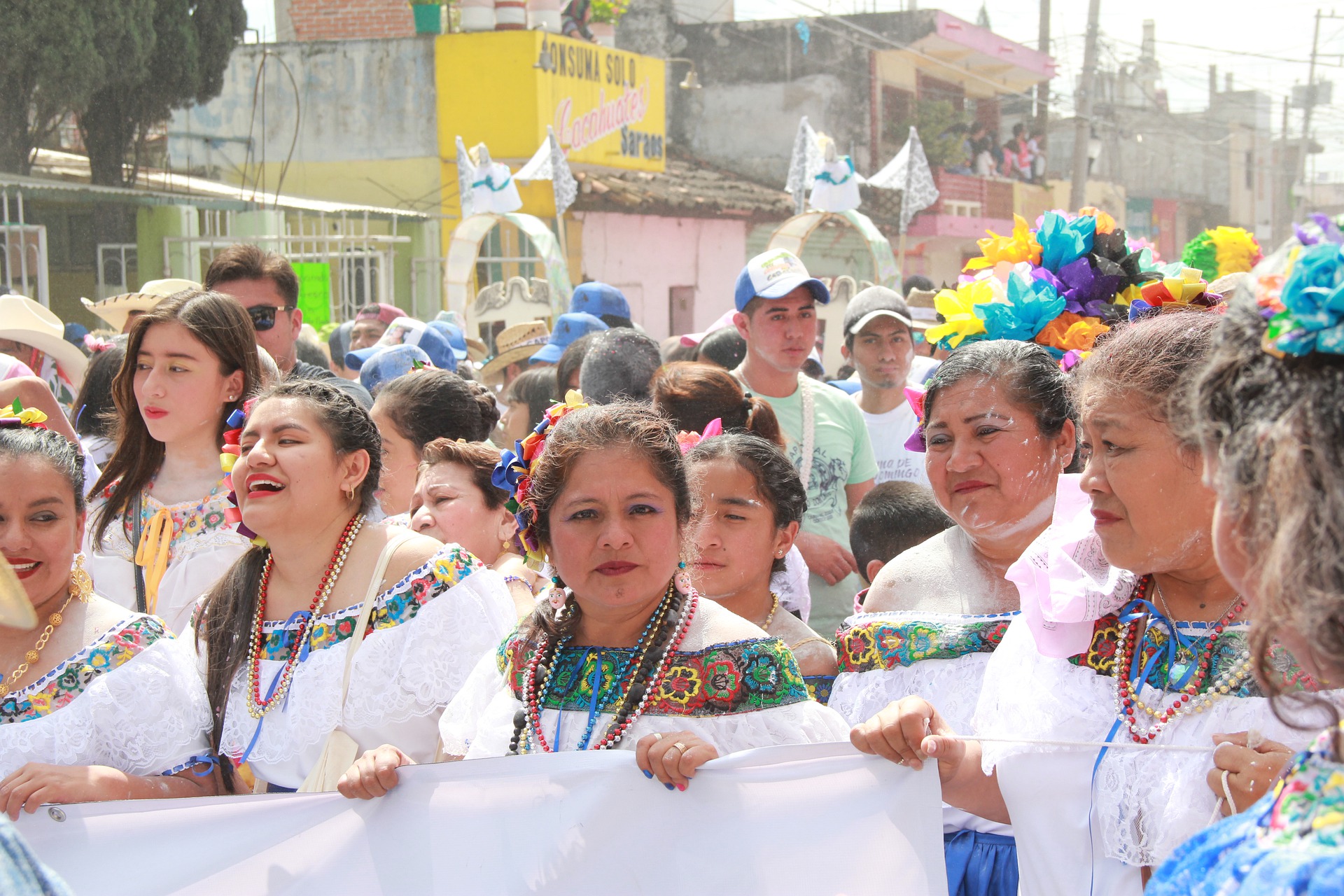
A huge distinction of Mexican culture is language. Spanish is primarily spoken by 80% of the people, of the 62 Amerindian languages Nahuatl is the most important spoken by nearly 25% of the population. Mayan is spoken by 14% of native Mexicans. Unique and distinct Mexican art is a huge representation of Mexican culture displaying rich heritage and colorful pride. Mayan traditions are still present in the society, and this might best be represented in paintings. As the greatest exponent of Mexican art, paintings have achieved a well deserved popularity outside of the country. Some of the most influential artists have sprung from Mexican heritage such as Frida Khalo and Diego Rivera. Folk art traditions are also deeply rooted displaying a wide range of handicrafts. Handmade masks are created for national festivals. Elements of Mexican mythology are often used in the designs, most commonly figures of Quetzalcoat and Tezcatlipoc. Mexican literature dates back to the indigenous peoples with their myths and storytelling. Music and dance are extremely important to Mexicans and many of their dance traditions go back to pre-Hispanic times. Mariachi bands are world renowned and folk songs called Corridos tell the story of the Mexican revolution. Mexican hat dancing is very popular. Costumes are proudly worn to celebrate traditions:e the charro suit, sombrero, and the San Lae Muerte. In rural areas traditional men’s clothing is the sarape, a large blanket cape worn with boots. Women’s clothing includes sleeveless tunics called huipils and capes and shawls.
Huevos Rancheros Breakfast-fried eggs, tortillas, salsa
Cabrito Roast Goat Kid
Aguachile Ceviche
Tacos al Pastor
Enchiladas Tortillas
Quesadillas Tortilla with cheese and meat
Tostadas Flat Bowl shaped tortilla with toppings
Gorditas Pastry filled with meat and cheese
Arroz a la Tumbada White rice and seafood with broth
Mexican Meatballs Served in a soup
Fajitas Grilled meat served on a tortilla
Pozole Mexican Stew
Tamales Dough in a banana leaf
Tlacoyo Tortilla stuffed with ingredients
Flautas Taco filled with cheese and meat
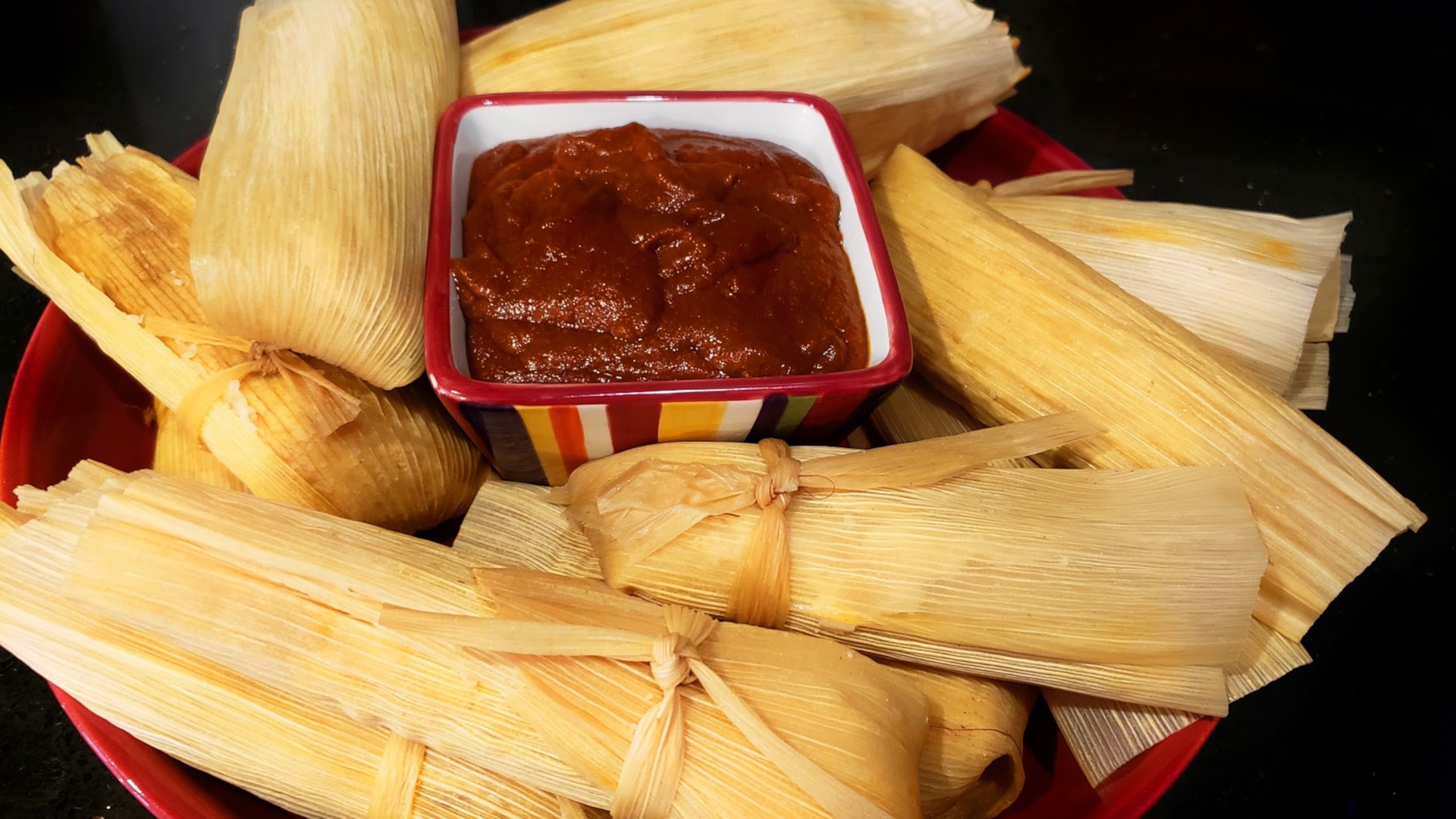
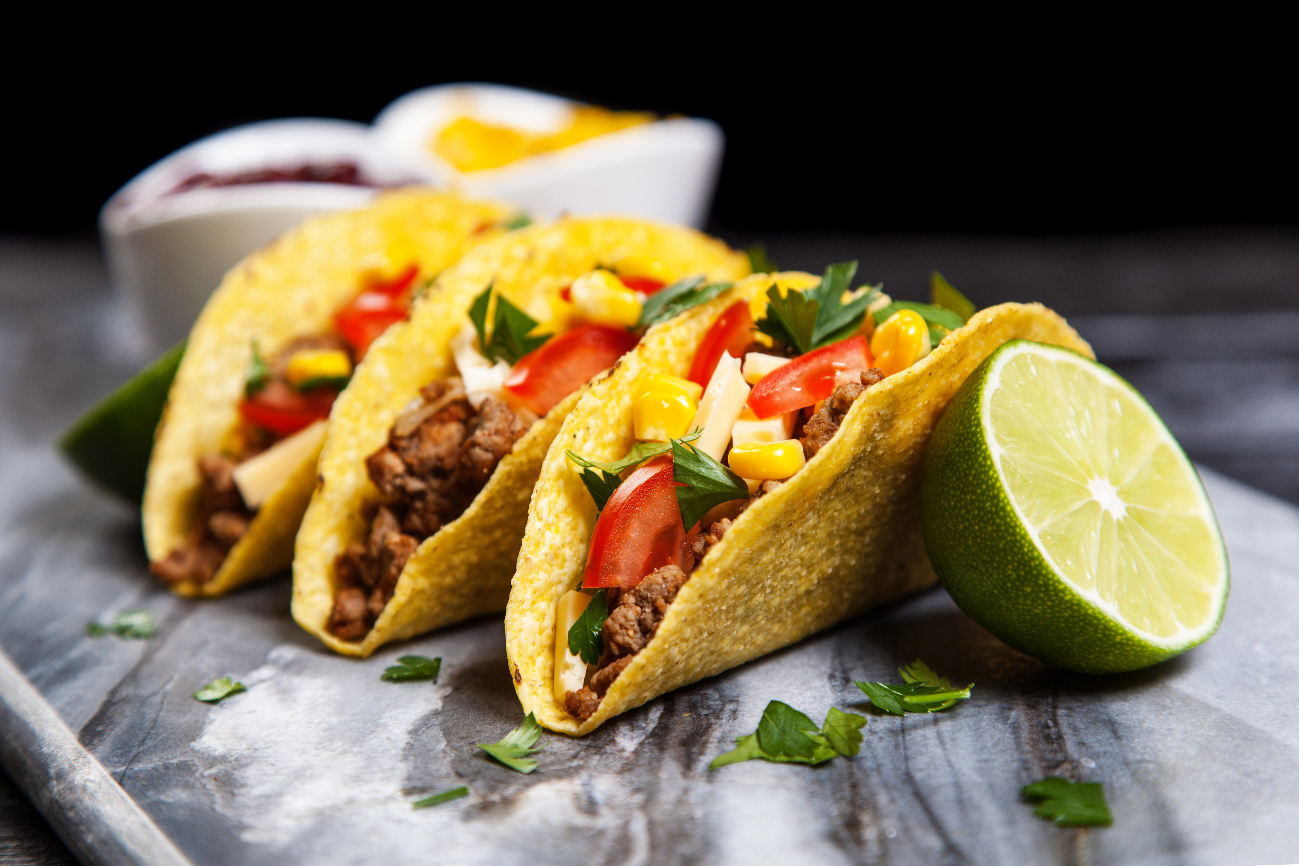
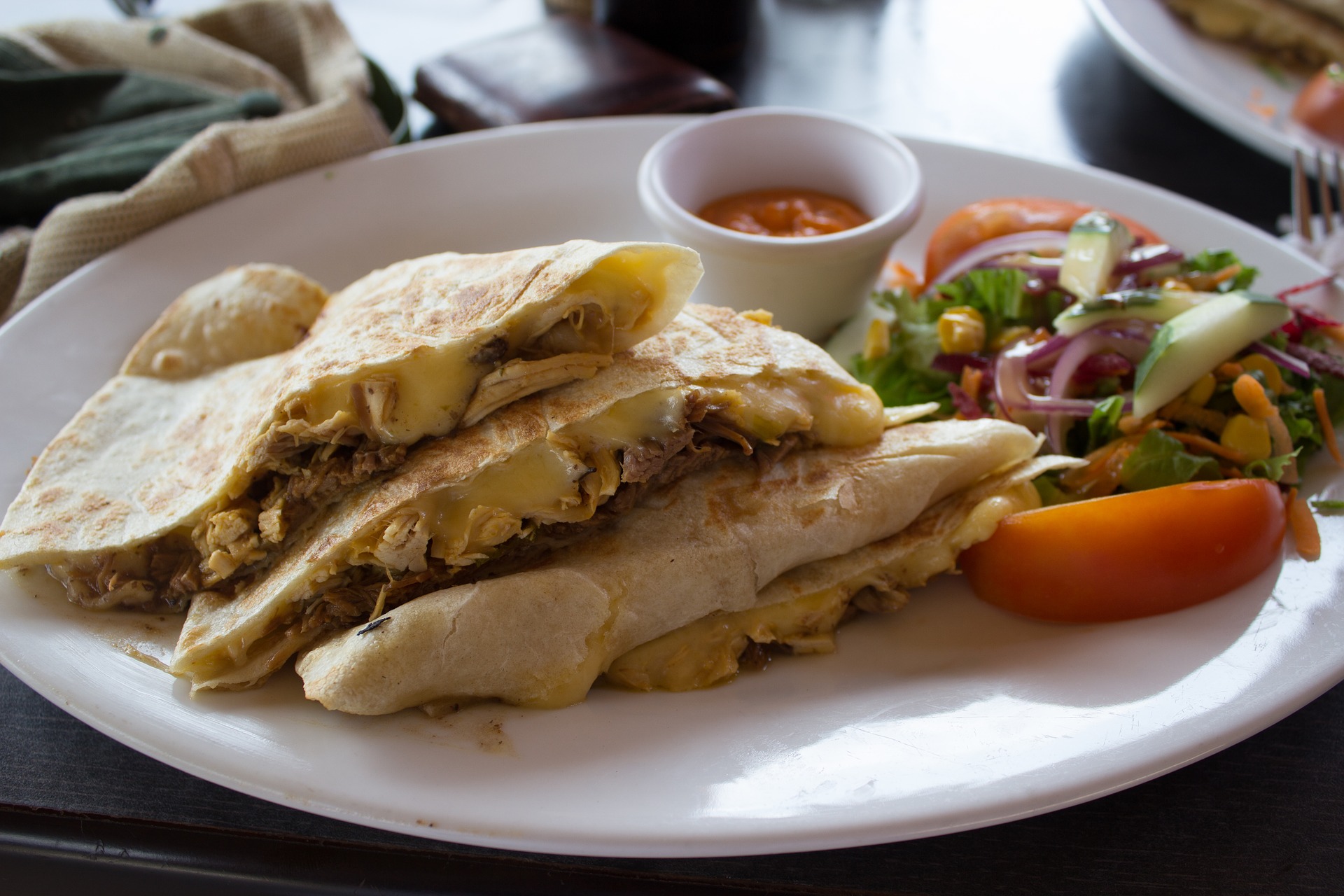
Biodiversity. Mexico is considered one of the most biodiverse countries in the world with over 200,000 different species. Mexico is home to 10 % of the species in the world. Mexico ranks first in reptiles with 707 species, 2nd in mammals with 438 species, 4th with amphibians with 290 species, and 4th in flora with 26,000 species. Mexico is also home to many ingredients such as chocolate, tomato, maize and corn, and vanilla.
Fauna include jaguar, scarlet macaw, monarch butterfly, Mexican gray wolf, California condor, sharks, whales, bees, bats, golden eagle, owl, ocelot, quetzal, prairie dog, porcupine, anteater and bear. Birds include sparrows, orioles, owls, ducks, woodpeckers and hummingbirds. Reptiles are the sea turtles, box turtles, crocodiles, iguanas, horned snakes and rattlesnakes. Insects include tarantulas, spiders and grasshoppers. Amphibians include tree frogs, green toad, salamanders, and bullfrogs.
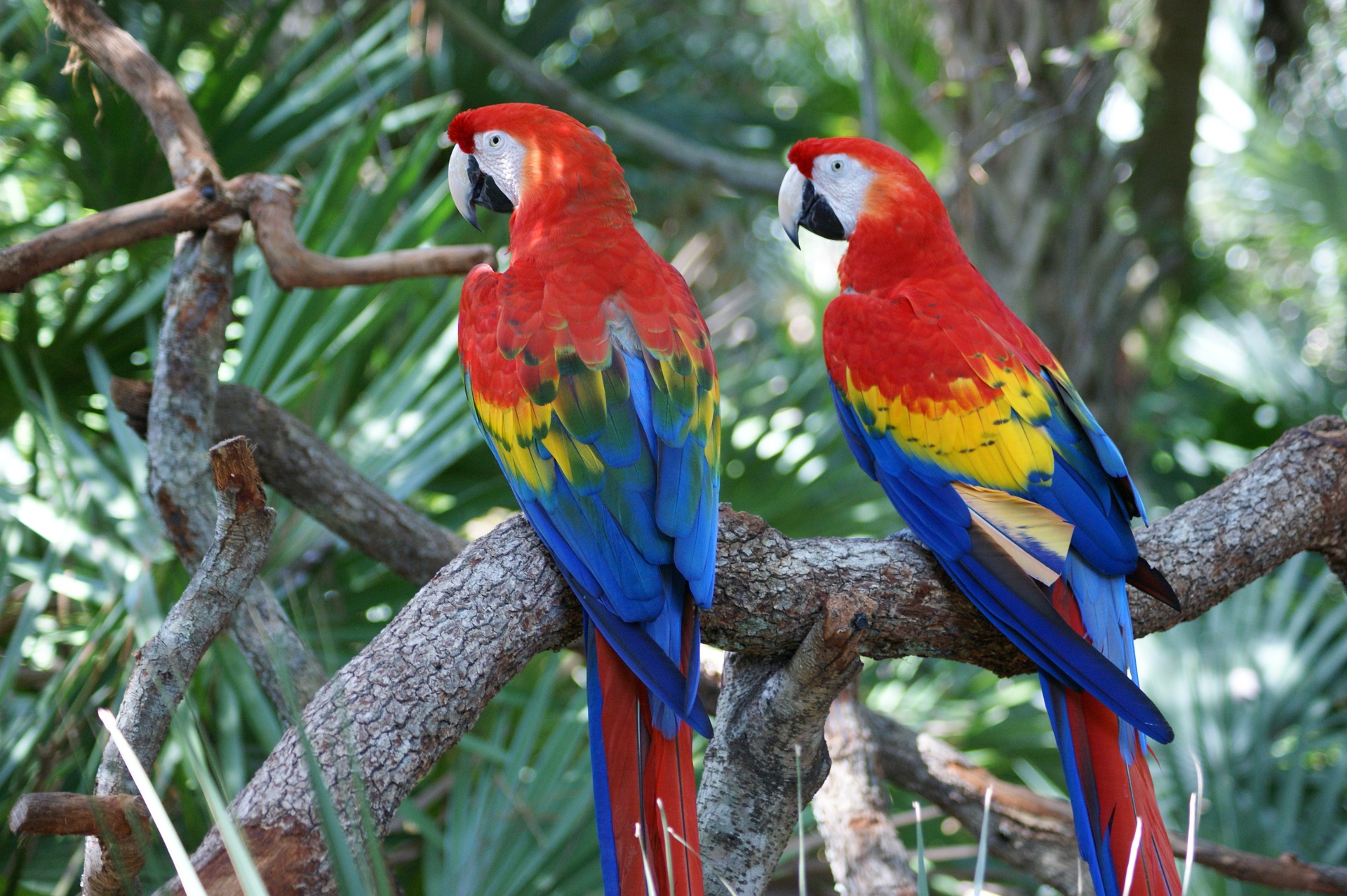
Flora Flowers include the laglia orchid, Mexican sunflower, Belize sage, yucca flower, bird of paradise, sword lily, dahlia, Mexican honeysuckle, pineapple sage, Mexican morning glory, Mexican marigold. Plants are cactus, maguey, ahuehuete, poinsettias, orchids, and sunflowers. Mexican trees include cypress, mahogany, zapote, pine and oak.

Mexico City

Mexico City is the capital and largest city of Mexico as well as the most heavily populated city in North America. Mexico City is one of the most important cultural and financial centers in the world. It is located in the Valley of Mexico, a large valley in the high plateaus in the center of Mexico, at an altitude of 7,350 feet. The population is 9.3 million with a land area of 573 square miles. The population of Greater Mexico City is 22 million which makes it the 6th largest metropolitan area in the world and the largest speaking Spanish city in the world. Mexico’s capital is both the oldest capital city in the Americas and one of two founded by indigenous people. The city was originally built on a group of islands in Lake Texcoco by the Aztecs in 1325 and called Tenochtitlan. It was almost completely destroyed in the 1521 Siege of Tenochtitlan and subsequently rebuilt and redesigned in accordance with the Spanish urban standards. .As of 1585, the city was officially known as Mexico City. Mexico City was the political, administrative and financial center of a major part of the Spanish colonial empire. After independence from Spain was achieved, the federal district was created in 1824.
Cultural Attractions
The Natural Museum of Anthropology
Temple Mayor and the Great Pyramid Tenochtitlan
Mexico City Metropolitan Cathedral
The National Palace
Chapultepec Park
Independence Monument Paseo de la Reforma
National History Museum
Coyoacan and Frida Kahlo Museum
Basilica of our Lady of Guadalupe
Alameda Central Park
Square of the Three Cultures
The House of Tiles
Museo Sumaya
Museo Mural Diego Garcia
Museo Rufino Tamay
The Palace of Fine Arts
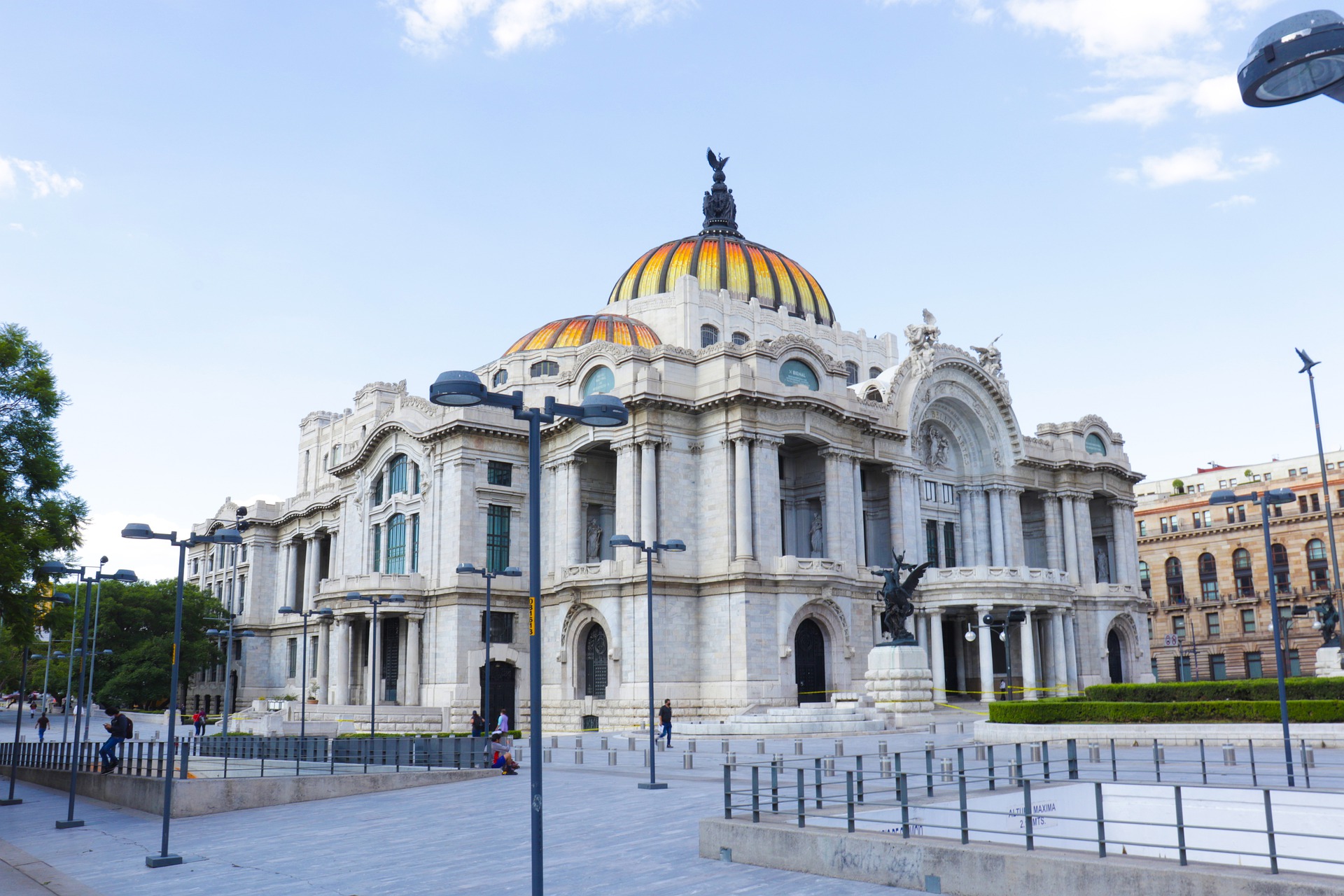
Zocala Constitution Square
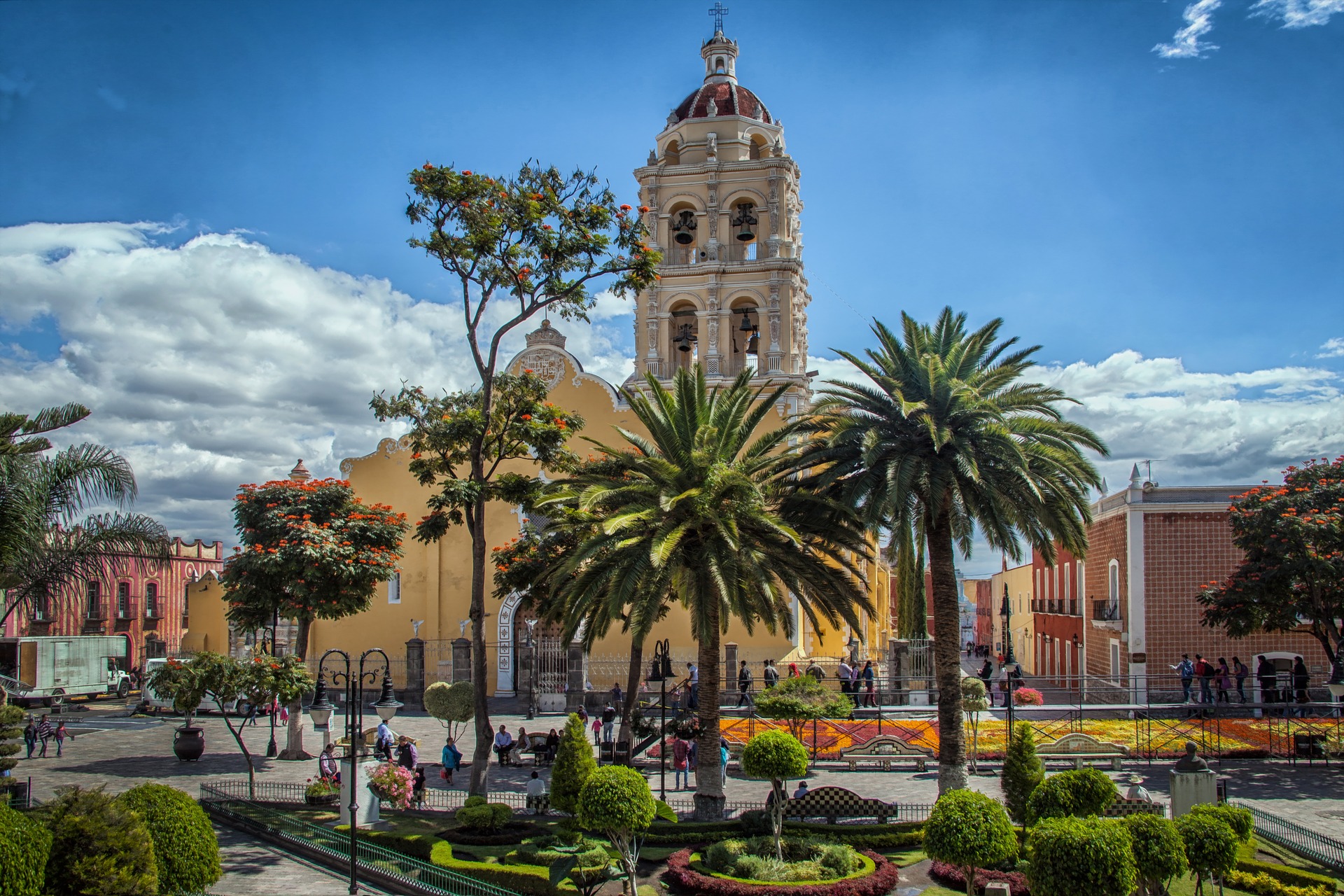
The City of Guadalajara
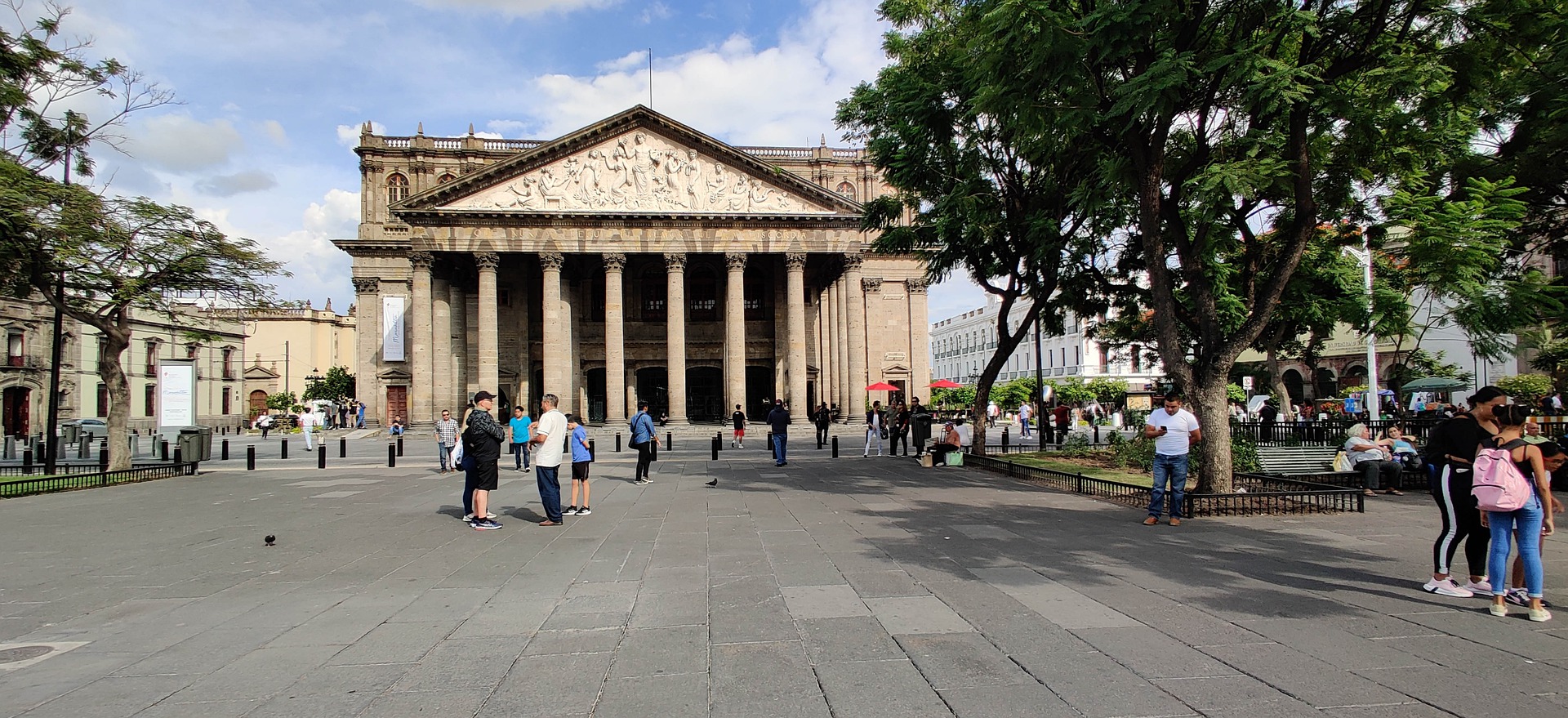
Guadalajara is a metropolis in western Mexico and the capital of the state of Jalisco. The city has a population of 1.4 million and its metropolitan area is 5.3 million which is the third largest in Mexico. Guadalajara is an international center for business, finance, arts and culture as well as the economic center of the Bajio region, one of the most productive and developed in Latin America. The city was founded in 1542 by Cristobal de Onate, a Basque conquistador, as the capital of the Kingdom of Nueva Galicia, part of the Viceroyalty of New Spain. After 1572, the Royal Audienca of Guadalajara, previously subordinate to Mexico City, became the only authority in New Spain with autonomy over New Galicia, owing to the rapid growth in wealth in the kingdom following its discovery of silver. By the 18th century, Guadalajara had taken its place as Mexico’s second largest city. During the Mexican War of Independence, independence leader Miguel Hidalgo y Costillo established Mexico’s first revolutionary government in the city in 1810. The city flourished with the advent of the Industrial Revolution but its growth was significantly hampered by the Mexican Revolution. The city saw continuous growth in the 20th century. Guadalajara is a global city and one of Mexico’s most important cultural centers.
Tourist Attractions
Instituto Cultural de Cabanas
Guadalajara Cathedral built 1558
Expiatory Temple Church
The Government Palace
Teatro Degollado Arts Venue
Guadalajara Zoo
Jose Clemente Orozco’s Frescoes
Rotonda de Los Jaliscienses Monument
Regional Museum of Guadalajara
Church of Santa Monica and San Agustin
Guachimontones Archeological Site

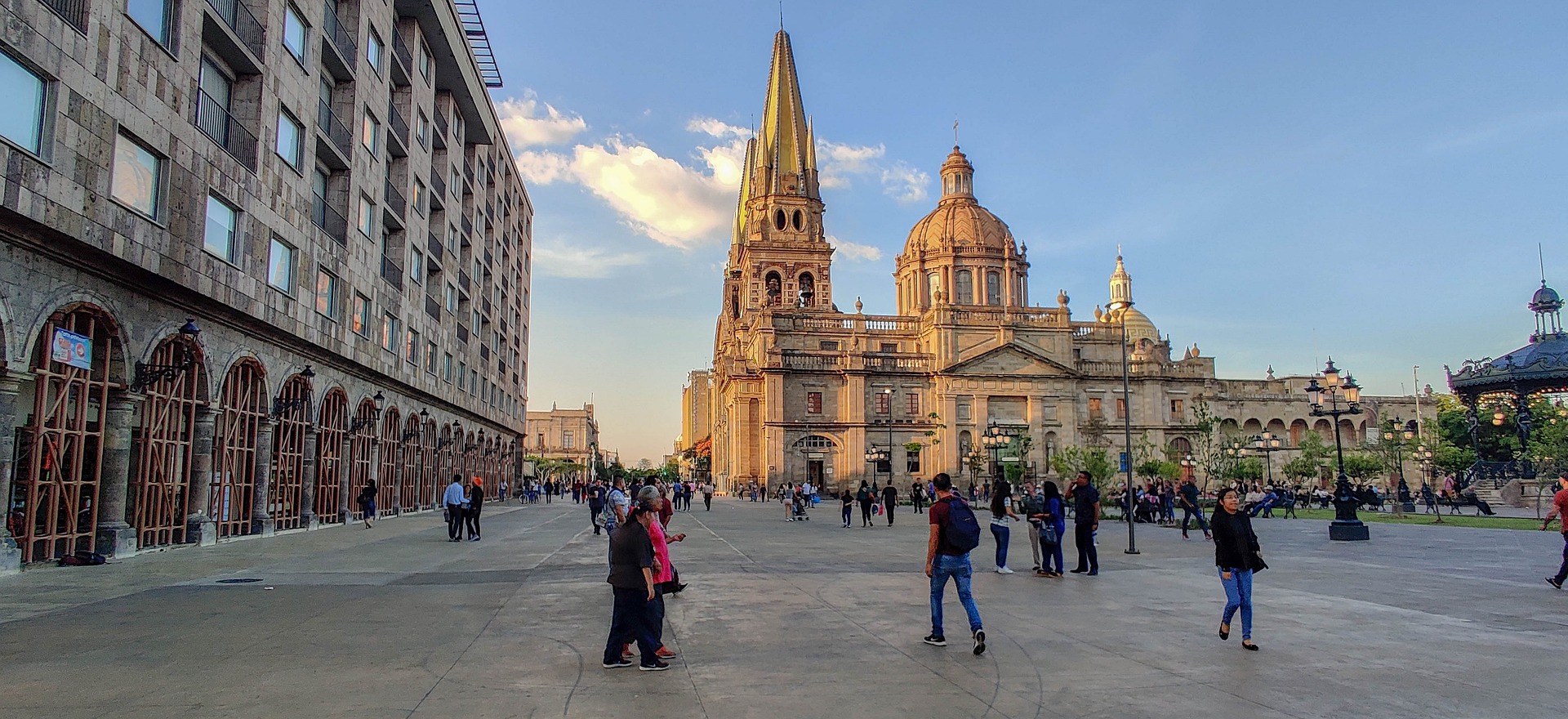
The City of Puebla
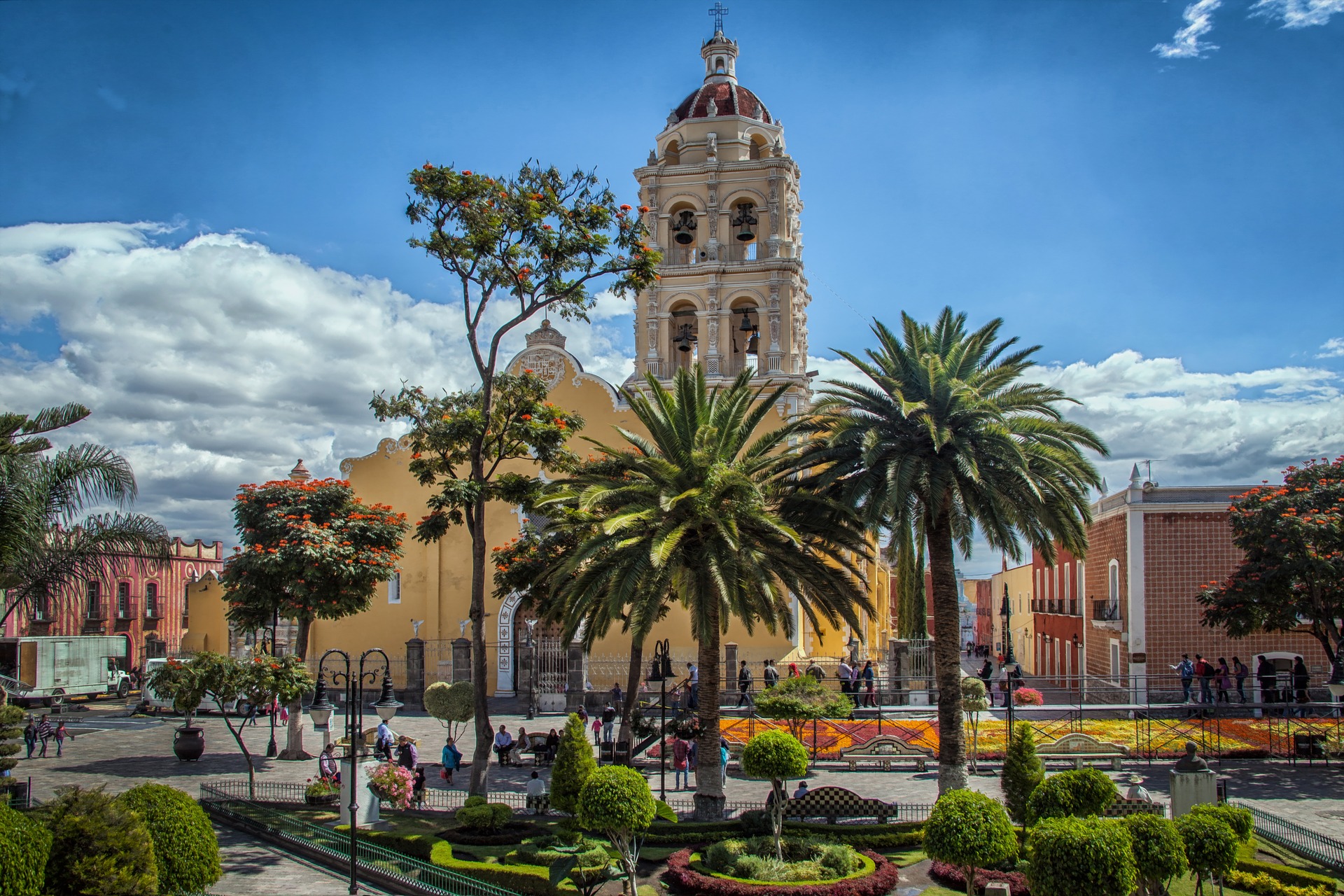
Puebla is the seat of Puebla Municipality, the capital and largest city in the state of Puebla and the second largest city in colonial Mexico and the richest Catholic diocese. A colonial era planned city, it is located in (southern) central Mexico on the main route between the capital Mexico City, and Mexico’s main Atlantic port , Veracruz about 62 miles east southeast of Mexico city and 140 miles west of Veracruz. The city was founded in 1531 in an area called Cue Tlaxcoapan, which means “where serpents change skins”, between the two main indigenous settlements at the time, Tlaxcala and Cholula. The valley was not populated in the 16th century, as in the pre-Hispanic period this area was primarily used for the “flower wars” between the indigenous populations. Due to its history and architectural styles ranging from renaissance to Mexican Baroque, the city was named a UNESCO World Heritage Site in 1987. The city is also famous for mole poblano, chiles en nogada and Talavera pottery. However, most of its economy is based on industry. It is the 4th largest city in Mexico and the 4th largest Metropolitan area with a population of 3.3 million, and the city serves as one of the main hubs for eastern Central Mexico. It has the world’s largest Volkswagen factory outside of Germany.
Tourist Attractions
Zocalo Square
Amparo Museum
Rosary Chapel in Santo Domingo Church
Talavera Workshop
Religious Art Museum in Former Convent of Santa Monica
Palafoxiana Library
Forts of Loreto and Guadalupe
Baroque Museum
Ovando Bridge
Cholula Pyramid
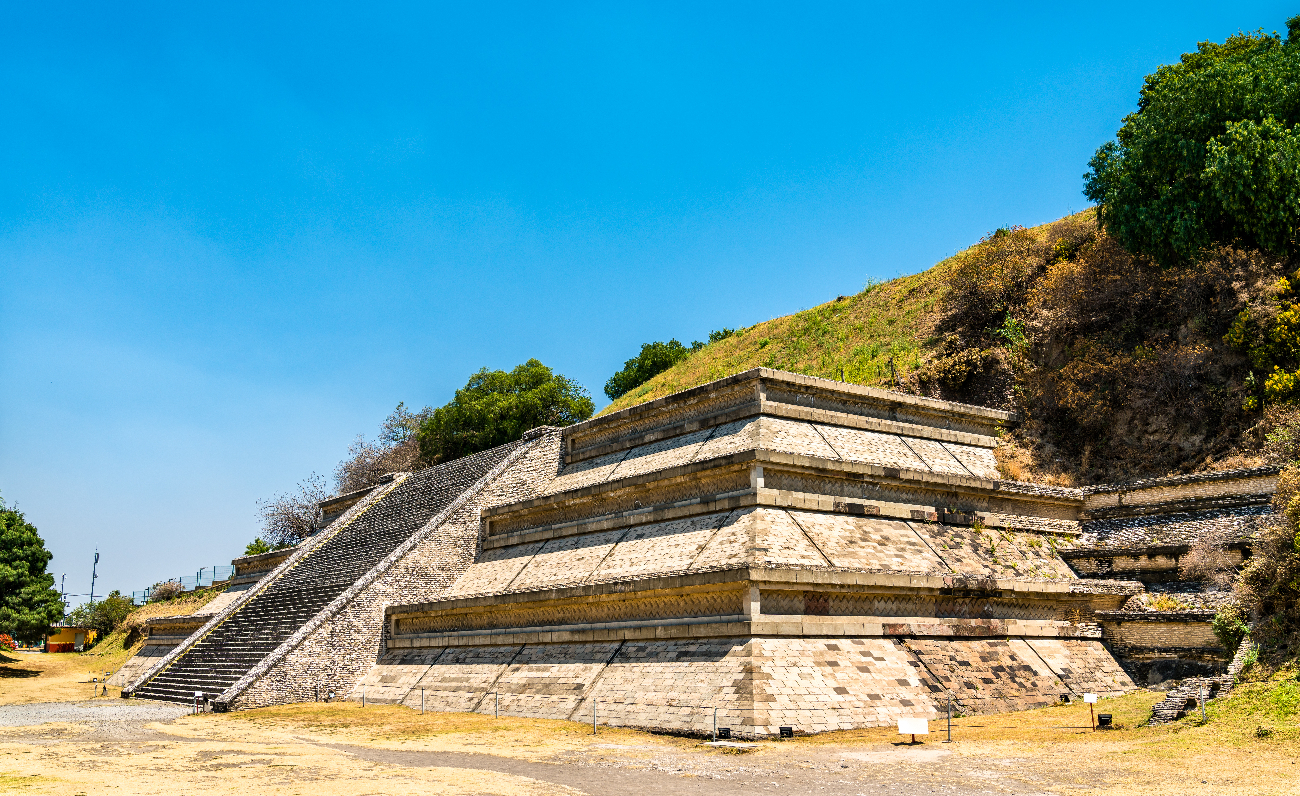
Puebla Cathedral
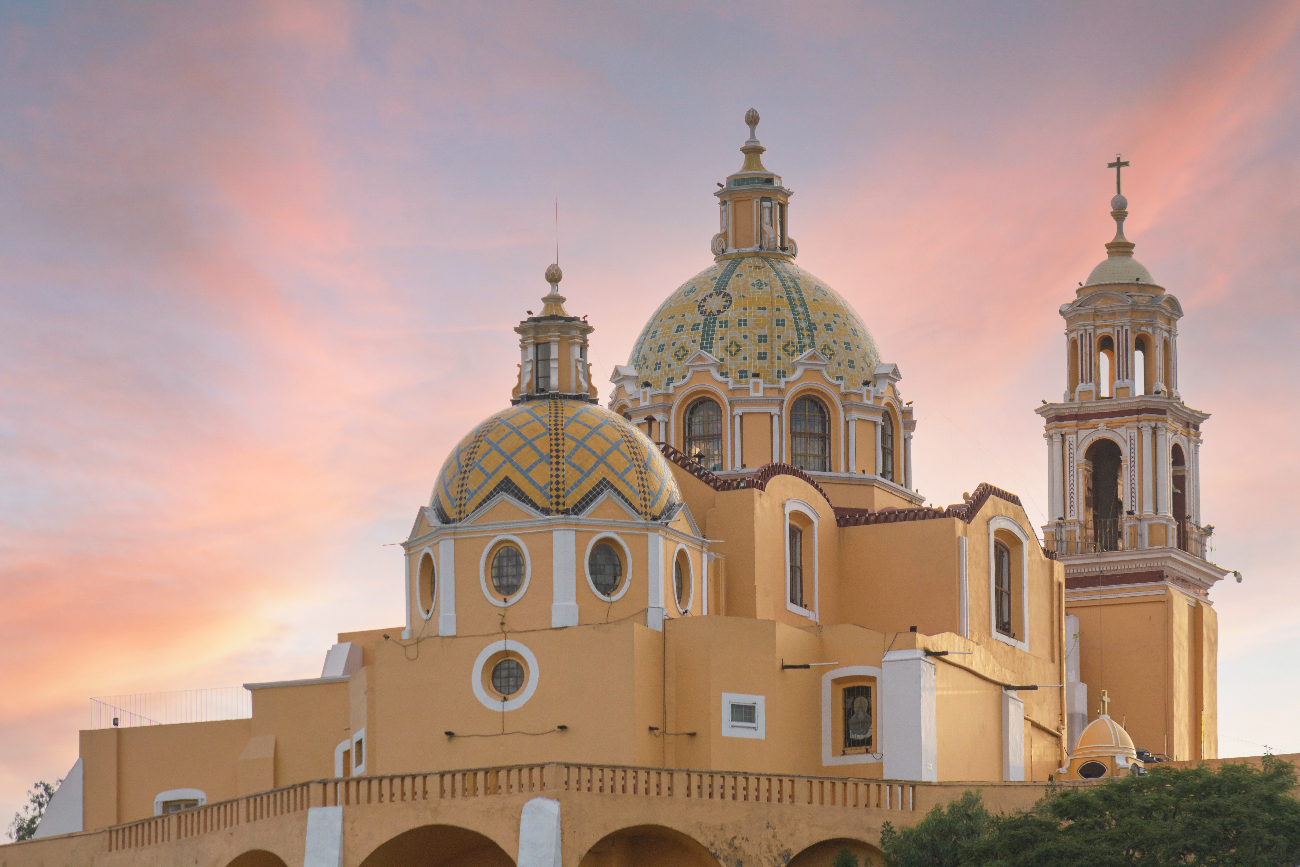
The City of Puerto Vallarta
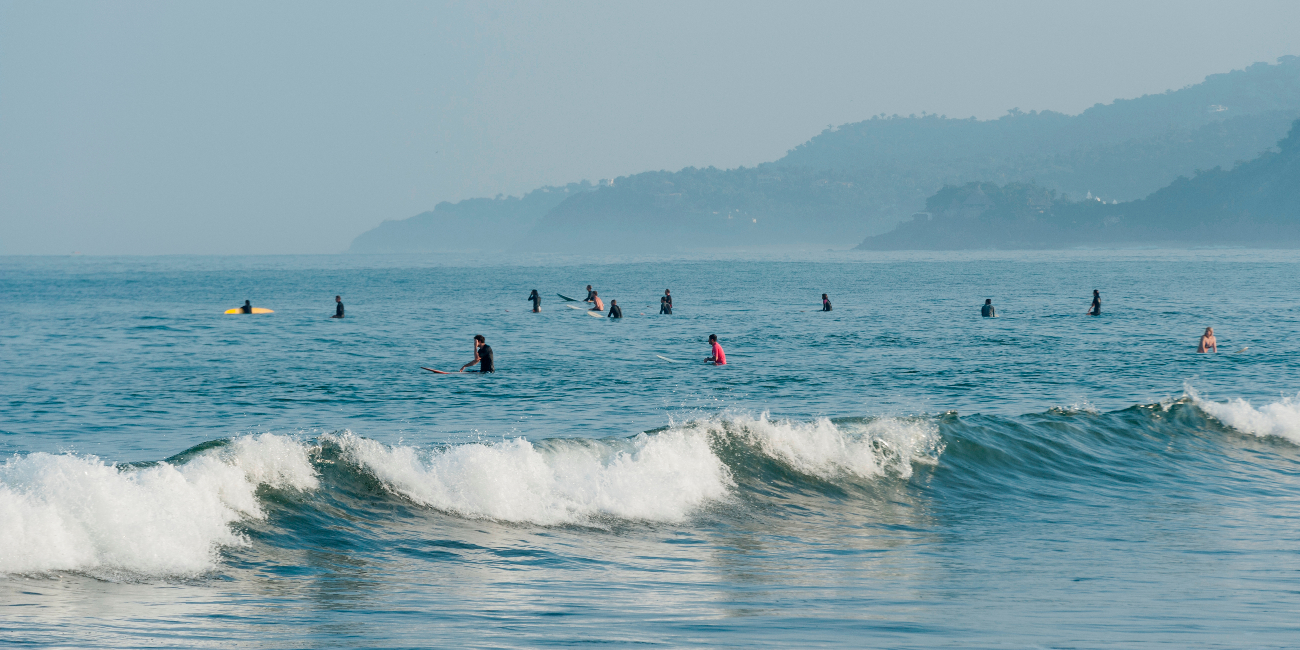
Puerto Vallarta is a Mexican beach resort situated on the Pacific Ocean’s Bahia de Banderas in the Mexican state of Jalisco. Puerto Vallarta is the second largest urban agglomeration in the state after the Guadalajara Metropolitan Area. To the north it borders the southwest state of Nayarit, to the east it borders the municipality of Mascota and San Sebastian del Oeste and to the south it borders Talpa de Allende and Cabo Corrientes. The city is named after Ignacio Vallarta, a former governor of Jalisco. The population is 210,000 in the city and 550,000 in its metropolitan area. This is a good place to relax and enjoy the beaches, nightlife, food and the environment.
Tourist Attractions
Malecon Boardwalk
Romantic Zone Trendy area, arts culture and nightlife
Vallarta Botanical Gardens
Cuale River Island
Los Arcos Marine Park
El Salado Estuary
Palo Maria Waterfall
Art Galleries
Street Art
Beaches
Watersports
The City of Acapulco
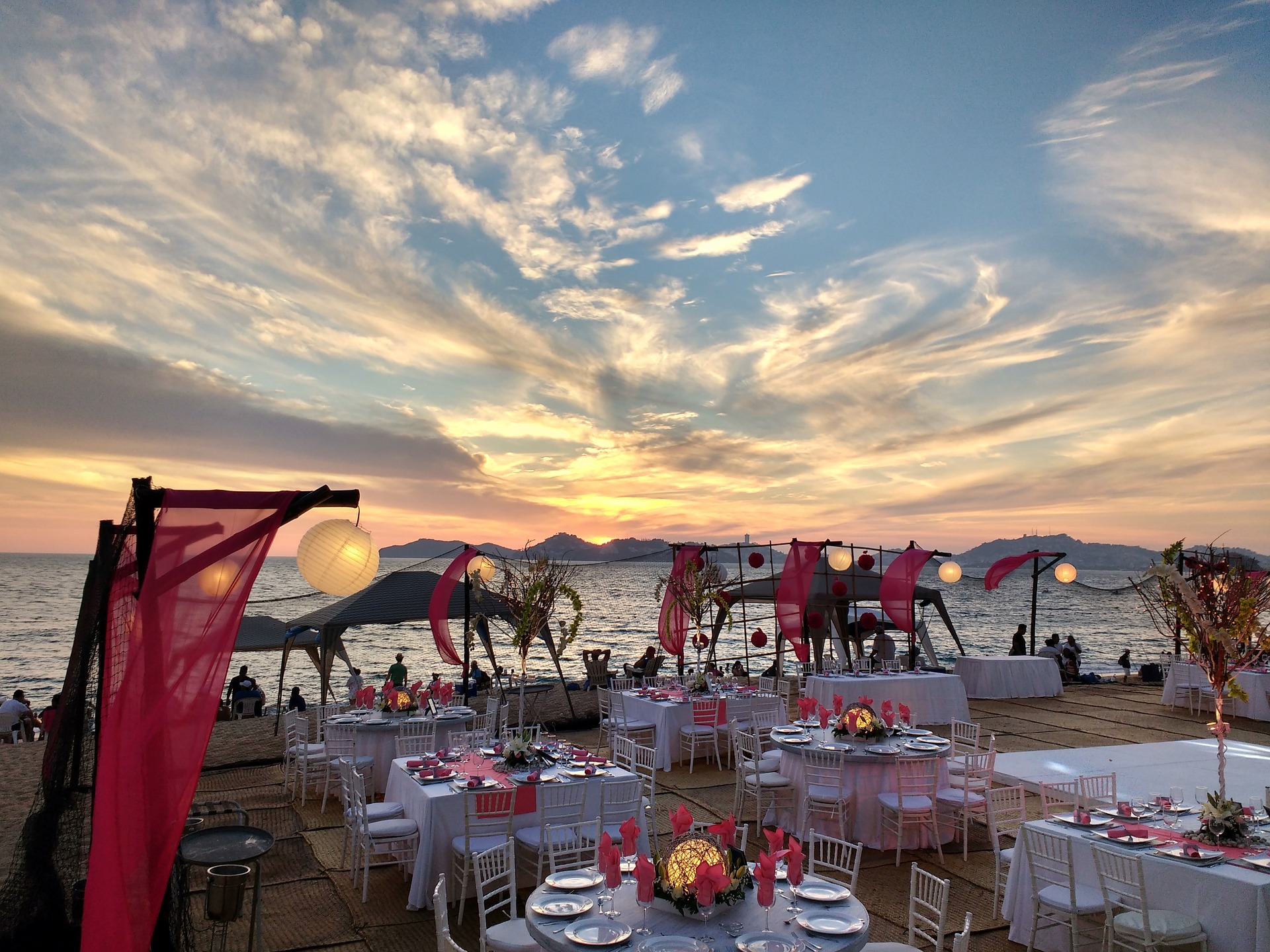
Acapulco is a city and major seaport in the state of Guerrero on the Pacific coast of Mexico, 240 miles south of Mexico City. Acapulco is located on a deep bay and has been a port since the early colonial period. It is a port for shipping and cruise lines. Acapulco is Mexico’s largest beach and resort city. It is a city of great crime so be very careful if you choose to go.The resort is divided into three parts: The North end of the bay and beyond is the”traditional area”. The main part of the bay is known as “Zona Dorada” (golden zone) and the southend, “Diamante” (diamond) which is dominated by newer luxury high-rise hotels and condominiums. Just go to the beach, take nice walks and eat and drink well.
The City of Cuernavaca
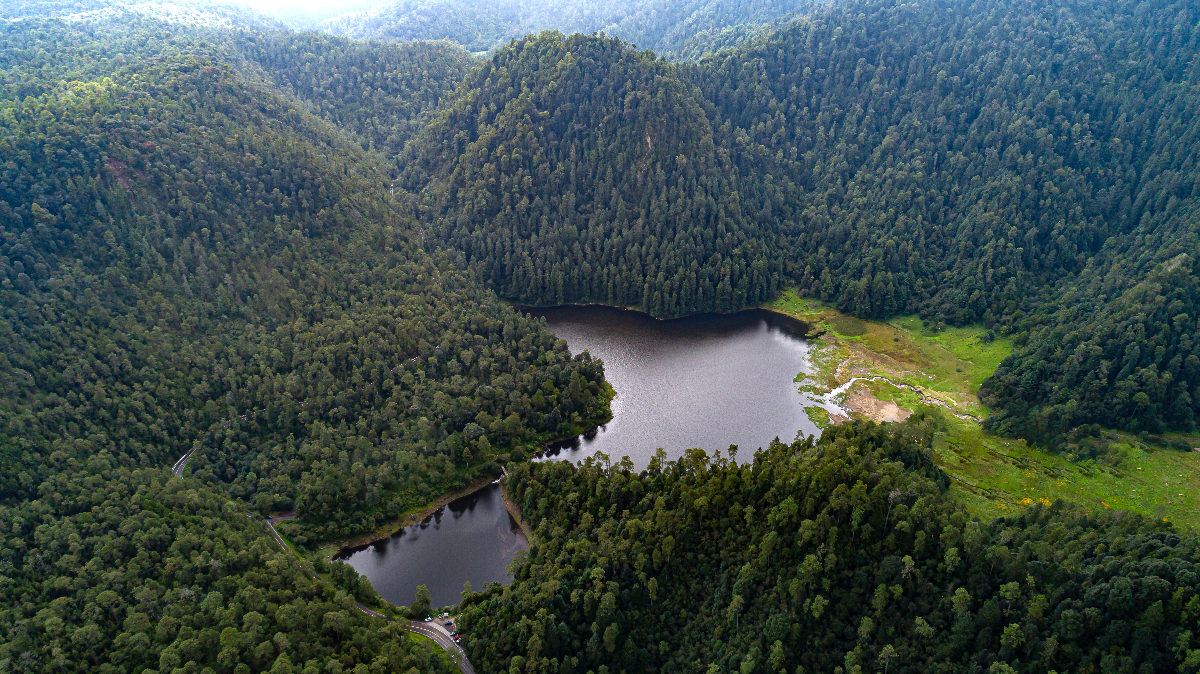
Cuernavaca is a 90 minute drive from Mexico City. It has been a vacation retreat for centuries as the Aztec rulers had summer palaces there. It has a warm, sunny climate with abundant vegetation. It has been called the”City of Eternal Spring”. There is a large foreign adult population and also a large student population learning spanish.
Tourist Attractions:
Borda Garden Museum
Cathedral
The Palace of Cortes
Robert Brady Museum
Zempoala Lagoons National Park
The Saltode San Anton Waterfall
Jardines Flower Gardens
Lake Chapala
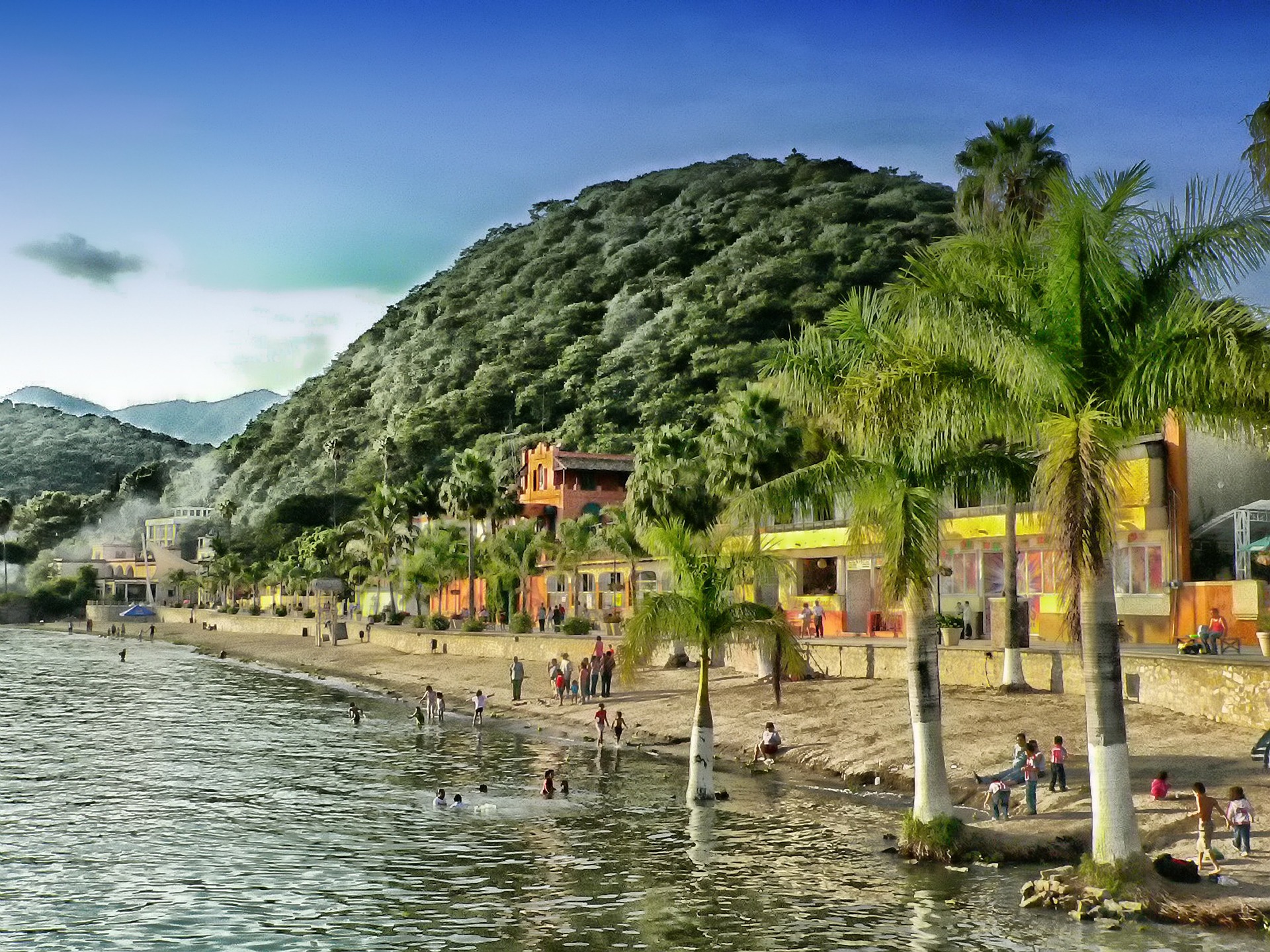
Lake Chapala is home to the largest American and Canadian expat community in the world. It totals 20,000 people during most of the year and explodes to 40,000 during the cold Canadian and northern USA winter. Two communities are located by the shoreline only several miles apart. They are both quaint towns (Chapala and Ajijic). The towns and the areas between them have good restaurants and beautiful town squares. There are paths to walk and hiking trails and canoeing is popular. Most of the residents are retired.
The City of San Miguel de Allende
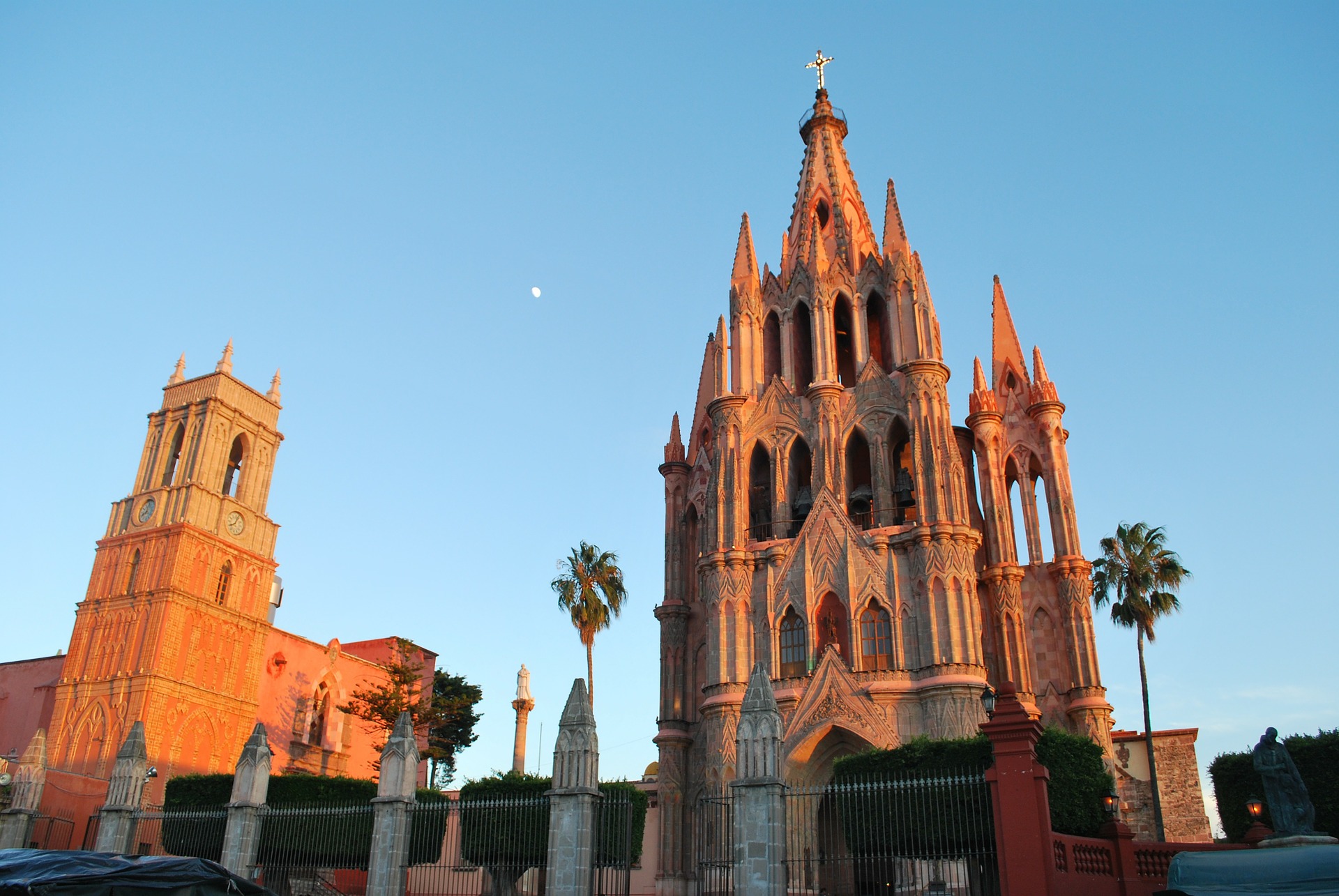
San Miguel de Allende is in the center of the state of Guanajuato, has a population of 140,000 and is less than 200 miles from Mexico City. In 2021, Travel and Leisure named San Miguel de Allende as the world’s best city. The city offers”a great atmosphere, excellent restaurants, culture and ambiance galore”. Culture, history and religion play a major role in the lifestyle. The city is a great location for foreign and Mexican artists and San Miguel de Allende celebrates itself with writers conferences and film festivals. The City is situated around the Sierra Central Mountains and has a temperate and slightly arid climate.
Tourist Attractions
Parish of San Miguel Arcangel
Canada de la Virgen (Archaeology site)
Fabrica la Aurora Art Gallery
El Jardin Central Square
El Charco del Ingenio Botanical Gardens
Institute Allende Campus
Sanctuary of Atotonilco Church
Hot Springs
La Esquina Toy Museum
No Tour Found
No Tour Found